Have you ever been curious about what still life drawing is? If yes, then you’re in luck because you’re about to learn all the secrets behind this incredibly interesting discipline! Still life drawing involves creating a two-dimensional representation of either one or multiple three-dimensional objects. This type of artwork gives us the opportunity to slow down and observe everyday items and appreciate their shapes, colors, textures and proportions. As experienced still life artists know—it can be both fun and fulfilling to capture these elements on paper or canvas! In this blog post we will explore everything related to still life drawings: from its origins, materials, benefits… to tips on how to achieve amazing results! So if you want to delve into the timeless practice of still life – grab your pencils (or paints!) And let’s get started!
Basic Elements of Drawing
Drawing is the process of creating images, figures or any other designs on a surface. It is an essential element in art and design and can be done using various tools such as pencils, pens, charcoal, crayons, etc. [1]
Sketching
Sketching is the most basic form of drawing. It involves creating quick and rough drawings using light lines to outline shapes and forms. Sketching is often used as a preliminary step in creating more complex drawings or paintings.
Line
Lines are the most fundamental element of drawing. They can be straight, curved, thick, thin, horizontal, vertical or diagonal. Lines are used to define edges and boundaries between different shapes and forms in a drawing.
Shape
Shapes are created by enclosing an area with lines. They can be geometric or organic and are used to represent objects and forms in a drawing. By combining different shapes, more complex images can be created.
Form
Form is the representation of three-dimensional objects on a two-dimensional surface. It gives the illusion of depth and volume in a drawing. Form is created by using shading techniques such as hatching, cross-hatching and blending.
Light and Shadow
Light and shadow are crucial elements in creating realistic drawings. The direction, intensity and quality of light can change the appearance of an object. By using different shading techniques, artists can create the illusion of depth and volume in a drawing.
Texture
Texture refers to the surface quality of an object or the way it feels when touched. It can be smooth, rough, bumpy or shiny. Artists use different techniques such as stippling, cross-hatching and scribbling to create different textures in a drawing.
Perspective
Perspective is the technique of creating an illusion of depth and distance on a flat surface. It involves using vanishing points and horizon lines to accurately represent objects in a drawing as they appear in real life.
Composition
Composition refers to the arrangement of elements within a drawing. It includes the placement, size and proportion of objects, as well as the use of negative space. A well-composed drawing can create balance, harmony and visual interest for the viewer.
Color
Color is another important element in drawing, which can add depth and emotion to a piece of artwork. By using different colors, artists can create contrast, emphasis and mood in their drawings. Various mediums such as colored pencils, paint or markers can be used to add color to a drawing.
Creativity
Finally, creativity is an essential element in drawing. It allows artists to think outside the box and create unique and original pieces of art. With practice and experimentation, artists can develop their own style and express their ideas through drawing. So, it is important to embrace creativity in the process of creating drawings. [2]
What are the Different Drawing Techniques?
Drawing is the process of creating an image on a surface using pencils, pens, or other drawing tools. There are various techniques that artists use to create their drawings, each with its own unique characteristics and styles. In this section, we will explore some of the most popular drawing techniques and how they differ from each other. [3]
Graphite Pencil Drawing
Graphite pencil drawing, also known as pencil sketching, is one of the most basic and traditional forms of drawing. It involves using graphite pencils of varying hardness to create lines, shading, and texture on a piece of paper. Pencil drawings are usually monochromatic, with shades ranging from light grey to deep black.
Charcoal Drawing
Similar to graphite pencils, charcoal drawing also involves using sticks of charcoal to create lines and shading. However, charcoal is a much darker medium that allows for more contrast and depth in the artwork. Charcoal drawings can range from soft and subtle to bold and dramatic.
Ink Drawing
Ink drawing involves using various types of ink, such as pen and brush, to create lines, shapes, and textures on a surface. The use of ink allows for precise and intricate details in the drawing, making it popular among illustrators and cartoonists.
Pastel Drawing
Pastel drawing uses soft pastels, which are sticks of pigmented chalk, to create vibrant and colorful drawings. Pastels can be blended together or layered on top of each other to create rich tones and textures. This technique is often used in portraiture and landscape drawings.

Watercolor Drawing
Watercolor drawing involves using water-based paint to create translucent layers of colors on a surface. The use of water allows for soft and fluid strokes, making it ideal for creating light and airy illustrations. Watercolor drawings can range from delicate and subtle to bold and vibrant.
Oil Painting
Oil painting is a more advanced drawing technique that involves using oil-based paints to create layers of colors and textures on a surface such as canvas. The slow drying time of oil paint allows for blending and layering, making it suitable for creating realistic and detailed drawings.
Mixed Media Drawing
As the name suggests, mixed media drawing involves using a combination of different mediums such as paints, pencils, inks, and collage elements to create a unique and dynamic artwork. This technique allows for endless possibilities and experimentation in creating drawings.
Digital Drawing
With the advancement of technology, artists can now create drawings digitally using software and tools such as tablets and styluses. Digital drawing offers a wide range of possibilities, from creating realistic illustrations to vibrant and abstract designs. [4]
What Types of Drawing Are Available?
While there are many different techniques used in drawing, the types of drawings that an artist can create are endless. Some common types of drawing include:
Sketches
Sketching is a preliminary form of drawing that is often quick and spontaneous. It is used to capture initial ideas or concepts before creating a more detailed artwork. [5]
Illustrations
Illustrations are drawings used to accompany a text or idea, often seen in books, magazines, and advertisements. They can range from simple line drawings to intricate and detailed pieces.
Cartoons
Cartoons are humorous or satirical drawings that often convey a message or commentary on current events. They are usually characterized by exaggerated features and simplified forms.
Portraits
Portrait drawing is the art of creating a likeness of a person through drawing. It requires careful observation and attention to detail to capture the unique features and expressions of an individual.
Landscape Drawings
Landscape drawings depict natural scenery such as mountains, forests, or seascapes. They can range from realistic depictions to more stylized and abstract interpretations.
Still Life Drawings
Still life drawings involve drawing inanimate objects such as fruits, flowers, or household items. This type of drawing allows for the exploration of composition, lighting, and texture.
Comics
Comics are sequential drawings that tell a story through a series of frames. They often combine illustrations and text to create a narrative.
Concept Art
Concept art is the process of creating visual representations of ideas or concepts for films, video games, or other media. It can include sketches, drawings, and digital artwork.
Calligraphy
Calligraphy is the art of decorative handwriting, often using specialized pens or brushes. It focuses on creating beautiful lettering and designs, making it a popular form of drawing for invitations, certificates, and other formal documents. [6]
What are the Special Characteristics of Still Life Drawing?
A still life drawing is a form of art that captures inanimate objects such as fruits, flowers and various everyday items. Although it may seem simple compared to other forms of art, still life drawing requires special skills and techniques to create a truly captivating piece. [7]
Realism and Detail
One of the most distinctive characteristics of still life drawing is its emphasis on realism and detail. Artists strive to create a life-like representation of the objects, paying attention to even the smallest details such as texture, light and shadow. This level of precision requires patience and a keen eye for observation.
Composition
Another important aspect of still life drawing is composition. Artists carefully arrange the objects in their drawings to create a visually appealing and balanced piece. The placement of objects, their size and the use of negative space all play a role in creating an interesting composition. This requires a good understanding of spatial relationships and artistic composition principles.
Use of Light and Shadow
Lighting is essential in still life drawing as it helps to create depth and dimension in the artwork. Artists use various techniques such as shading, cross-hatching and stippling to create the illusion of light and shadow. By carefully observing how light falls on different objects, artists can add a sense of realism and drama to their drawings.
Color Theory
Although still life drawing may seem limited in terms of color palette, it actually requires a good understanding of color theory. Artists use colors to create depth, contrast and mood in their drawings. They also need to consider how colors interact with each other and how they can be used to create harmony in the overall composition.
Patience and Attention to Detail
Creating a still life drawing requires a great deal of patience and attention to detail. Artists spend hours carefully studying their subjects, sketching out different compositions and perfecting every stroke. This level of dedication is what sets still life drawing apart from other forms of art.
Expression and Creativity
Even though still life drawings strive for realism, there is always room for creativity and personal expression. Artists can choose to add their own unique style or interpretation to their drawings, making each piece distinct and original. This allows them to infuse emotion and meaning into their artwork. [8]
Still Life Drawing Types
There are different types of still life drawing techniques that artists use to create unique and captivating artworks. Let’s discuss some of the most common types. [9]
1. Realistic Still Life Drawing
Realistic still life drawing aims to create a lifelike representation of objects on paper or canvas. It requires great attention to detail and accuracy in proportions, lighting, and shading. Artists who specialize in realistic still life drawing often use techniques like chiaroscuro (the use of light and shadow to create a three-dimensional effect) and trompe l’oeil (a technique that creates a realistic illusion of depth).
2. Impressionistic Still Life Drawing
Impressionistic still life drawing is inspired by the impressionist art movement that emerged in the 19th century. It focuses on capturing the essence of a subject rather than creating a realistic representation. Artists use bold brushstrokes, bright colors, and light to convey emotions and sensations in their artworks.
3. Cubist Still Life Drawing
Cubist still life drawing is a modern art form that emerged in the early 20th century. It involves breaking down objects and representing them using multiple geometric shapes. This style of still life drawing challenges traditional ideas of perspective, creating an abstract and fragmented image.
4. Surrealist Still Life Drawing
Surrealist still life drawing is a form of art that explores the subconscious mind and dreams. Artists use bizarre and dreamlike imagery to create thought-provoking compositions. It often includes unexpected and juxtaposed objects to create a sense of disorientation and surprise.
5. Contemporary Still Life Drawing
Contemporary still life drawing is a broad category that encompasses all the modern techniques and styles used by artists today. It can include a mix of various mediums, techniques, and subject matters. Contemporary artists often use their unique style to convey personal themes or make social or political statements through their still life compositions. [10]
What Tools are Required for Still Life Drawing?
Once you have decided to try your hand at still life drawing, the next step is to gather all the necessary tools. The beauty of still life drawing is that it doesn’t require a lot of expensive equipment. In fact, most of the tools required can be found in any art supply store or even around your house. [11]
Pencils
The first and most important tool for still life drawing is a set of good quality pencils. You can choose between graphite or charcoal pencils, depending on your preference. Graphite pencils are great for creating precise lines and details, while charcoal pencils are better for creating darker tones and dramatic effects.
Paper
Next up is paper, which is the canvas for your masterpiece. It’s important to choose a high-quality, acid-free paper that can withstand different drawing techniques. You can choose from a variety of textures such as smooth, rough or textured to add dimension and depth to your drawing.
Eraser
An eraser is a must-have tool for any artist, especially when it comes to still life drawing. It helps you correct mistakes and make changes to your composition without having to start over. A kneaded eraser is a popular choice as it can be shaped and molded to fit any area of your drawing.
Blending tools
To create smooth transitions and gradients in your drawing, you’ll need blending tools such as tortillons or blending stumps. These are made of rolled paper or felt and are used to blend different shades of graphite or charcoal together.
Charcoal or graphite sticks
For a bolder and more dramatic effect, you can use charcoal or graphite sticks in addition to pencils. These are great for creating larger areas of tone quickly and can be used to add texture and depth to your drawing.
Still life objects
Lastly, but most importantly, you’ll need still life objects to draw from. These can be anything from fruits and vegetables to household items such as vases, books or bottles. You can also experiment with different lighting setups to create interesting shadows and highlights in your drawing. [12]
How to Draw in Still Life Drawing Style?
To get started with this style of drawing, here are some key tips to follow:
Choose your subject and set up your composition
When beginning a still life drawing, the first step is to select a subject. This can be any object that you find interesting or visually appealing, such as fruits, flowers, or household items. Once you have chosen your subject, it is important to set up the composition by arranging the objects in an interesting and dynamic way. This could involve using different heights, angles, and lighting to create a visually appealing composition. [13]
Use basic drawing techniques
When it comes to still life drawing, the use of basic drawing techniques is essential. This includes understanding concepts such as perspective, proportion, and shading. It is important to observe your subject closely and accurately represent its shape, form, and texture on paper.
Start with simple shapes
Before diving into the details of your subject, it is helpful to start with basic geometric shapes. This will help you establish the overall composition and proportions of your drawing. You can then gradually add more detail and complexity to your drawing as you go along.
Pay attention to lighting and shadows
Lighting and shadows play a crucial role in creating depth and dimension in a still life drawing. Observing how light falls on your subject and replicating it accurately in your drawing can make all the difference in achieving a realistic and lifelike outcome.
Experiment with different materials
One of the great things about still life drawing is that you can use various materials to create unique effects. From pencils, charcoal, and pastels to watercolors and ink, each medium offers a different way of capturing the essence of your subject. Experimenting with different materials can also help you discover your own style and technique.
Practice regularly
As with any skill, practice is key in improving your still life drawing abilities. The more you draw from observation, the better you will become at accurately representing objects and their surroundings. Try to set aside time each day or week to work on still life drawings and challenge yourself with different subjects and compositions. [14]
FAQs
What is the meaning of still life drawing?
Still life drawing is an art form that involves creating a detailed and realistic representation of inanimate objects such as fruits, flowers, household items, or other everyday objects. This type of artwork allows artists to explore composition, lighting, texture, and color without having to worry about the movement of living subjects. It also allows for experimentation with different mediums and techniques.
What is the point of still life art?
The point of still life art is to capture the beauty and essence of objects that are often overlooked in our daily lives. It allows artists to explore composition, color, and texture in a controlled setting, without the need for live models or landscapes. Still life art can also convey deeper meanings or symbolism through the use of specific objects or arrangements. In addition, it serves as a valuable exercise for artists to practice and improve their skills in drawing or painting.
What do you draw in a still life?
In a still life drawing, you can draw any inanimate object that interests or inspires you. Common subjects include fruits, vegetables, flowers, household items, and other everyday objects such as books or kitchenware. You can also create a narrative by arranging objects in a certain way to tell a story or convey a message. The possibilities for what to draw in a still life are endless and entirely up to the artist’s imagination.
What is the difference between still life and life drawing?
While both still life and life drawing involve the depiction of objects, there are some key differences. Still life involves arranging inanimate objects to create a composition, whereas life drawing typically involves drawing live models or figures. Life drawing also requires more technical skills in capturing proportions, anatomy, and movement, whereas still life allows for more creative freedom and interpretation.
Useful Video: Still Life Drawing and Shading Techniques- Beginners Guide
To Wrap Up
Overall, still life drawing is a wonderful, timeless outlet for expression and creativity. It brings tremendous joy to its practitioners and can be enjoyed from the comfort of one’s home. Not only is still life drawing a fantastic hobby for any age level, it can employ a variety of techniques to further train the eye and hand. Best of all, bringing still lifes into three dimensions allows creators to discover their own unique style while bringing some flourishing vibrancy into their spaces. A world without art would be gray indeed – so take some time today to create your very own still life! With just a few simple objects, you’ll have an incredible composition that will spark thought and appreciation in your surroundings. And who knows? This could be the beginning of something beautiful!
References:
- https://www.pencilperceptions.com/essential-elements-of-art/
- https://termespheres.com/study-guide-for-basic-elements-of-drawing/
- https://www.cowlingandwilcox.com/blog/post/48-a-guide-to-pencil-sketching-techniques
- https://finearttutorials.com/guide/pencil-drawing-techniques/
- https://www.indeed.com/career-advice/career-development/types-of-drawing
- https://www.linearity.io/blog/drawing-styles/
- https://www.getty.edu/news/what-is-a-still-life/
- https://conceptartempire.com/still-life/
- https://doncorgi.com/blog/still-life-drawing-and-painting/
- https://visualartspassage.com/blog/fundamentals-of-still-life-drawing/
- https://www.pencilperceptions.com/still-life-drawing-guide/
- https://artfulhaven.com/art-tools-and-materials-for-drawing-and-painting/
- https://www.wikihow.com/Draw-Still-Life
- https://www.artyfactory.com/still-life/still_life_pencil.html

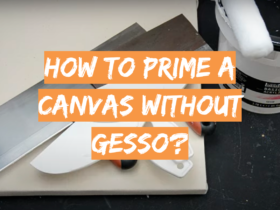



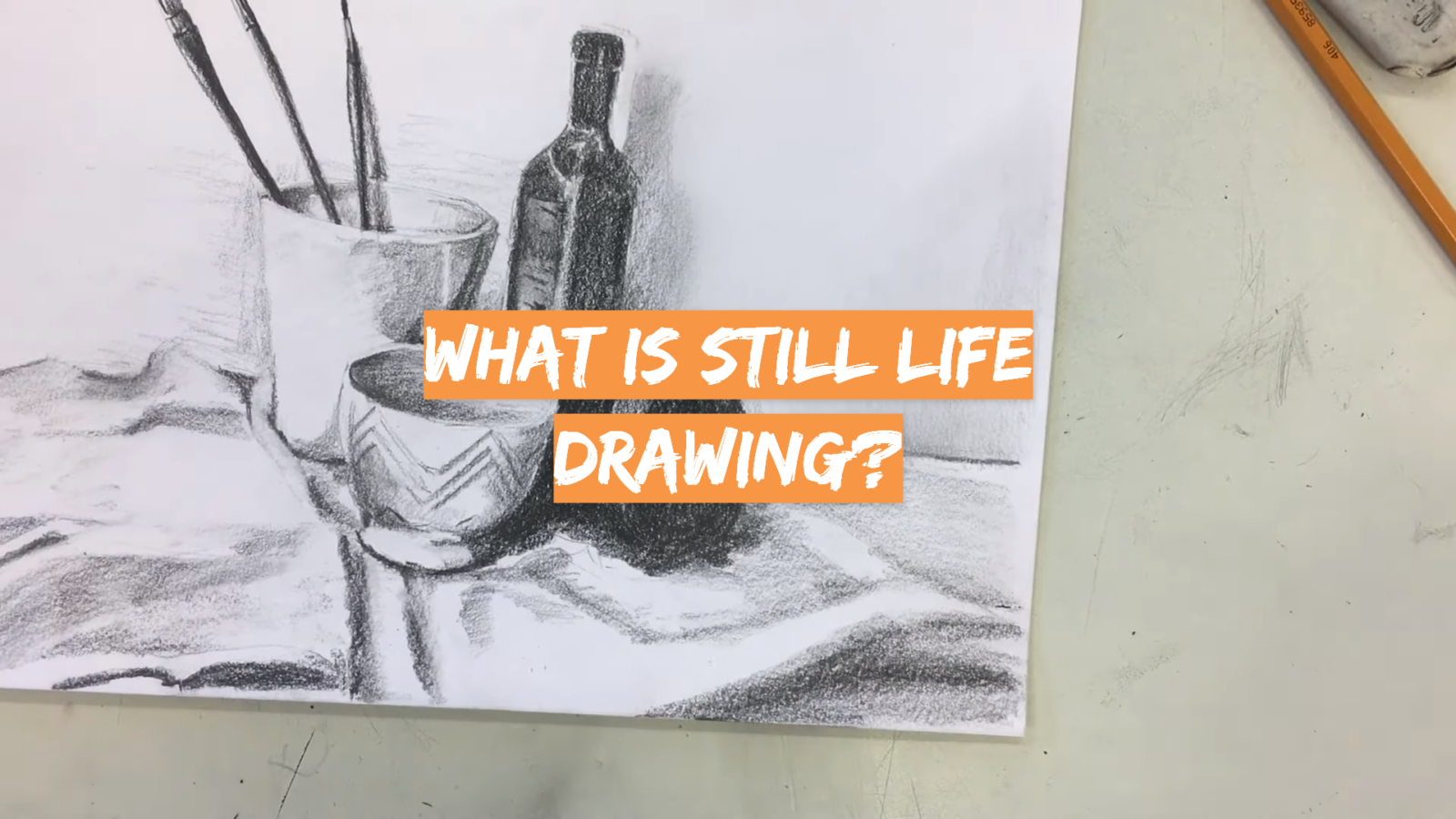


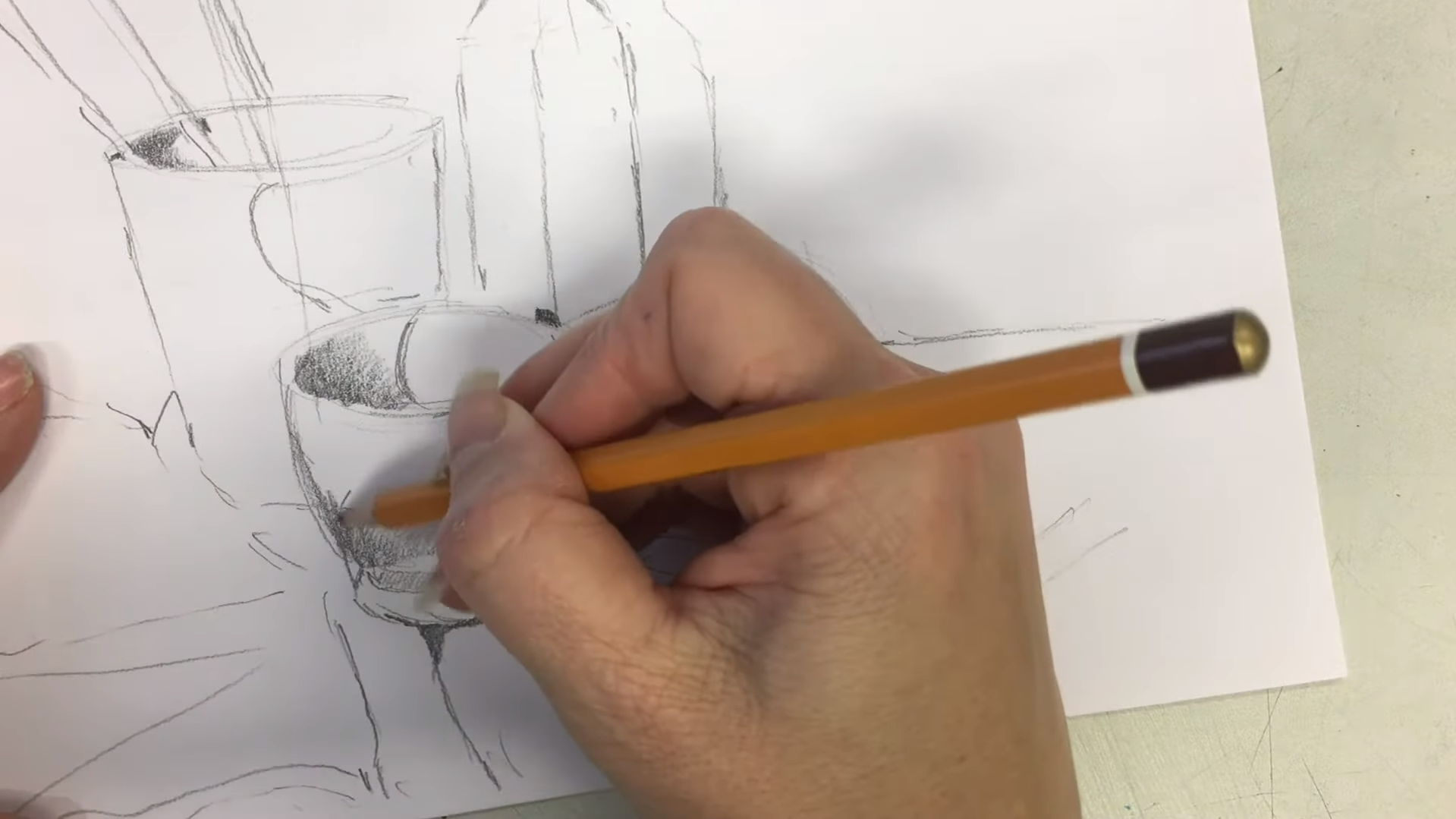
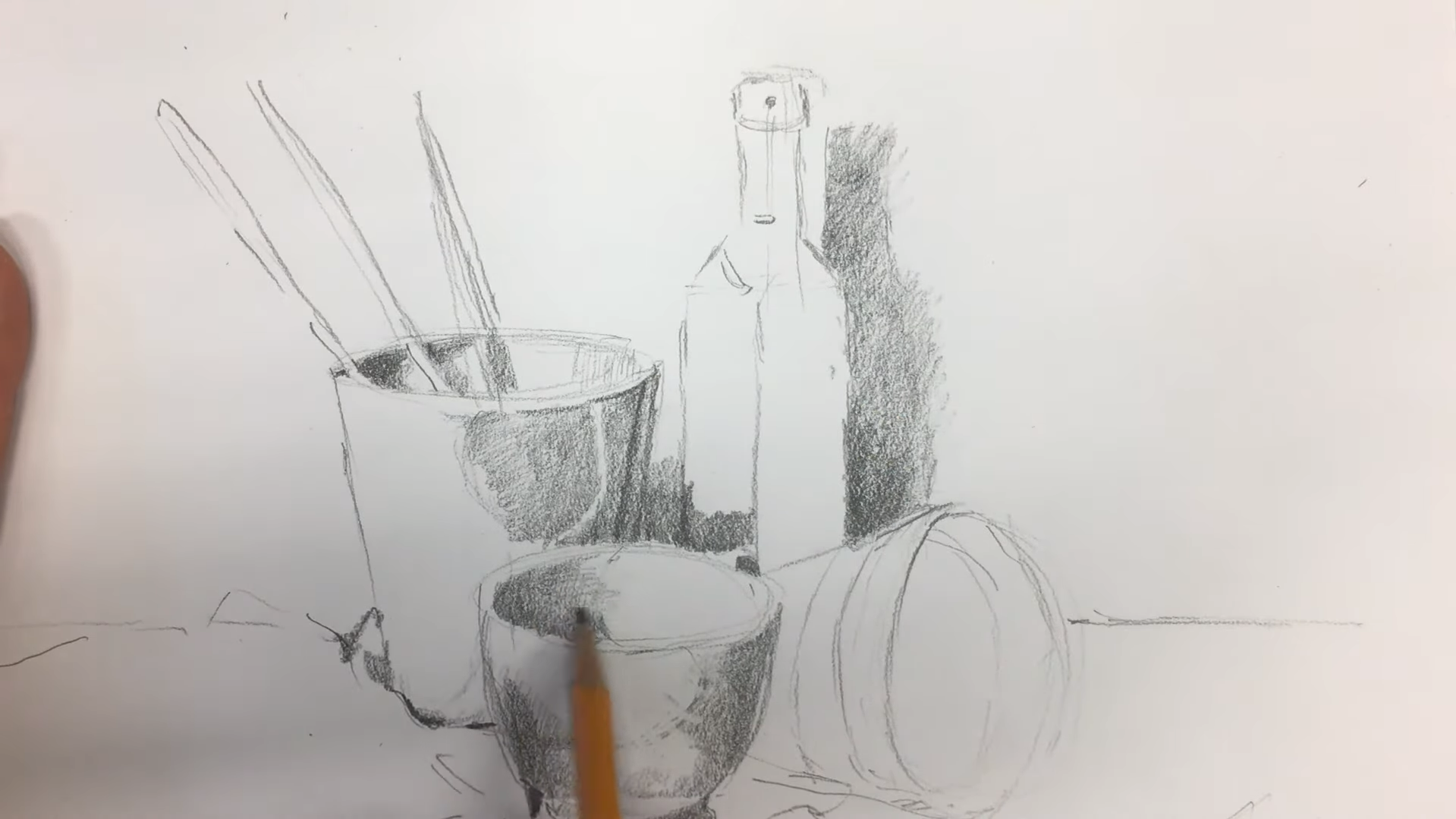
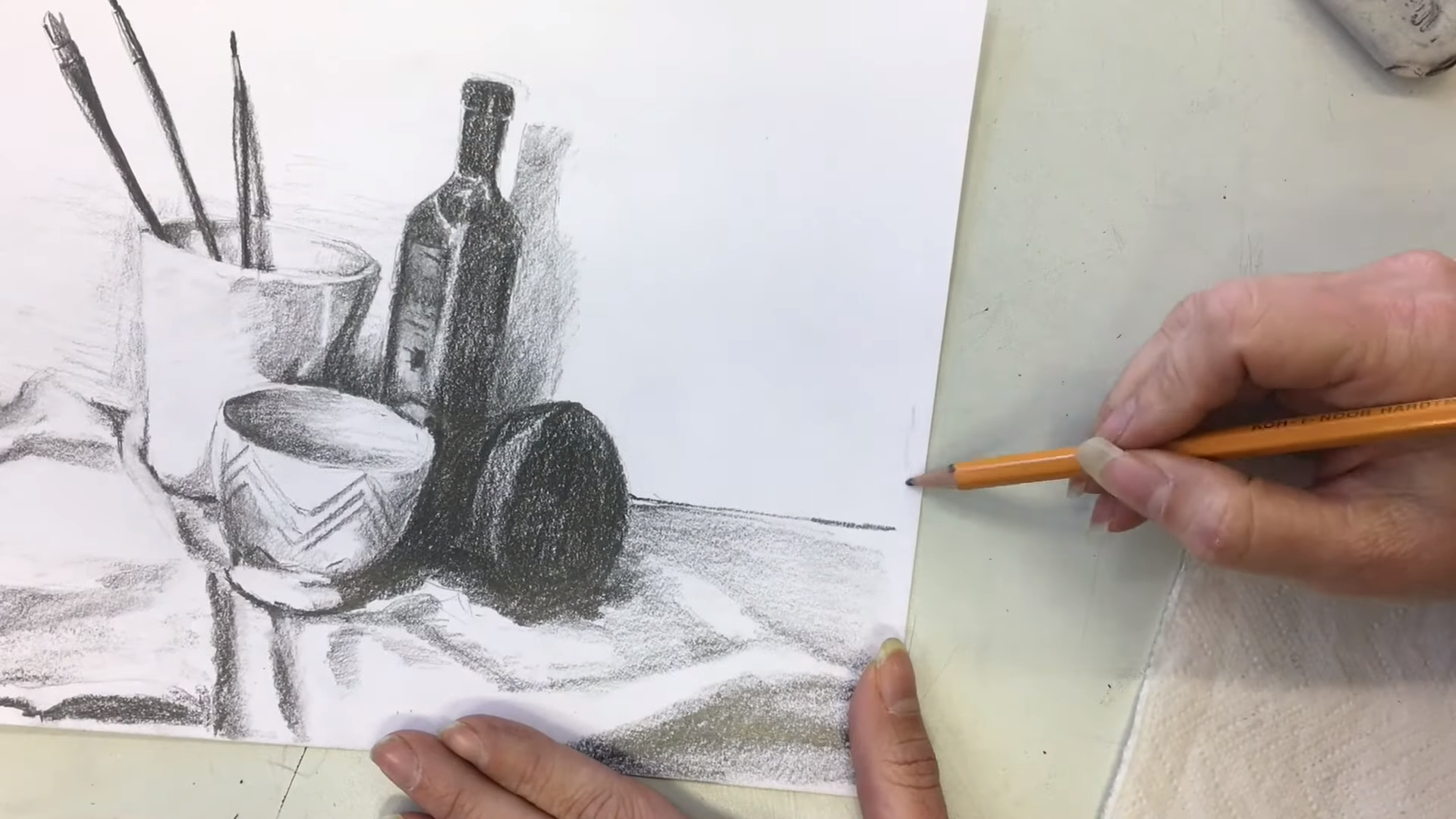

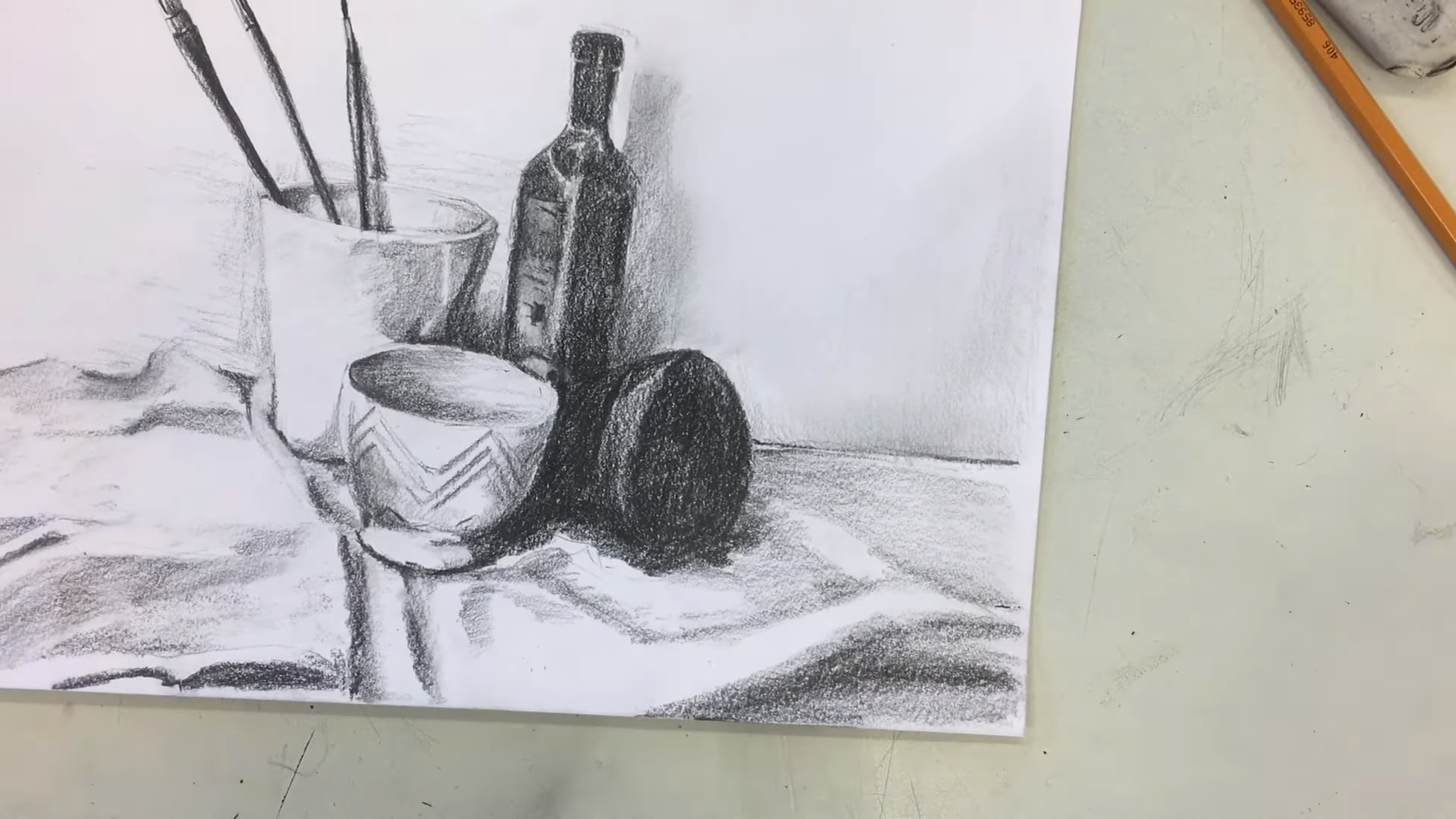
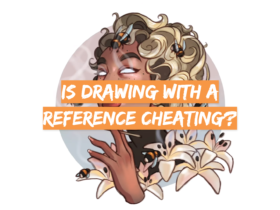
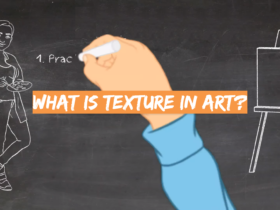
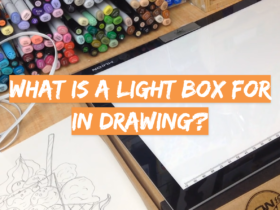
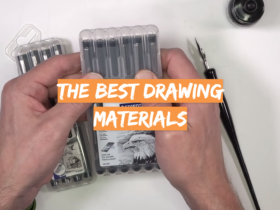
Leave a Review